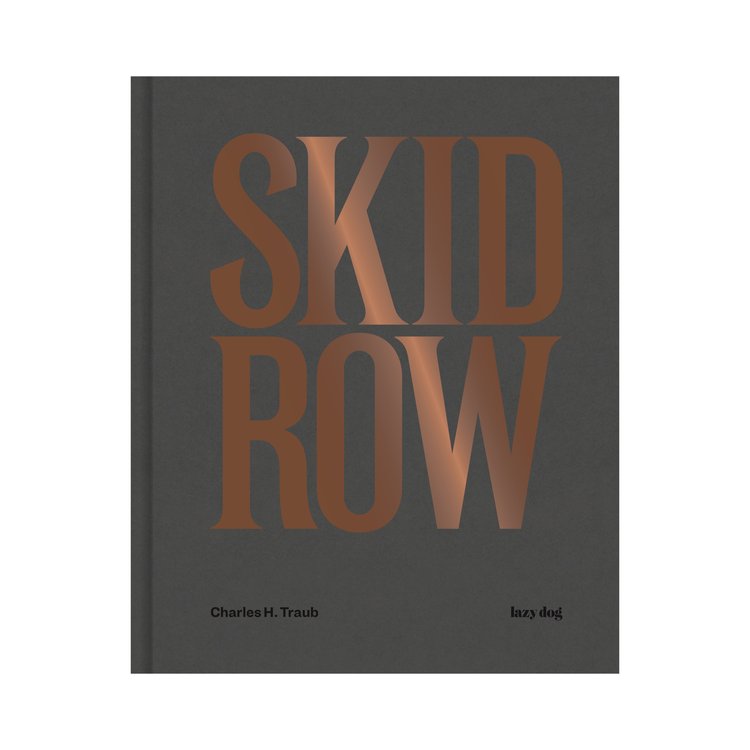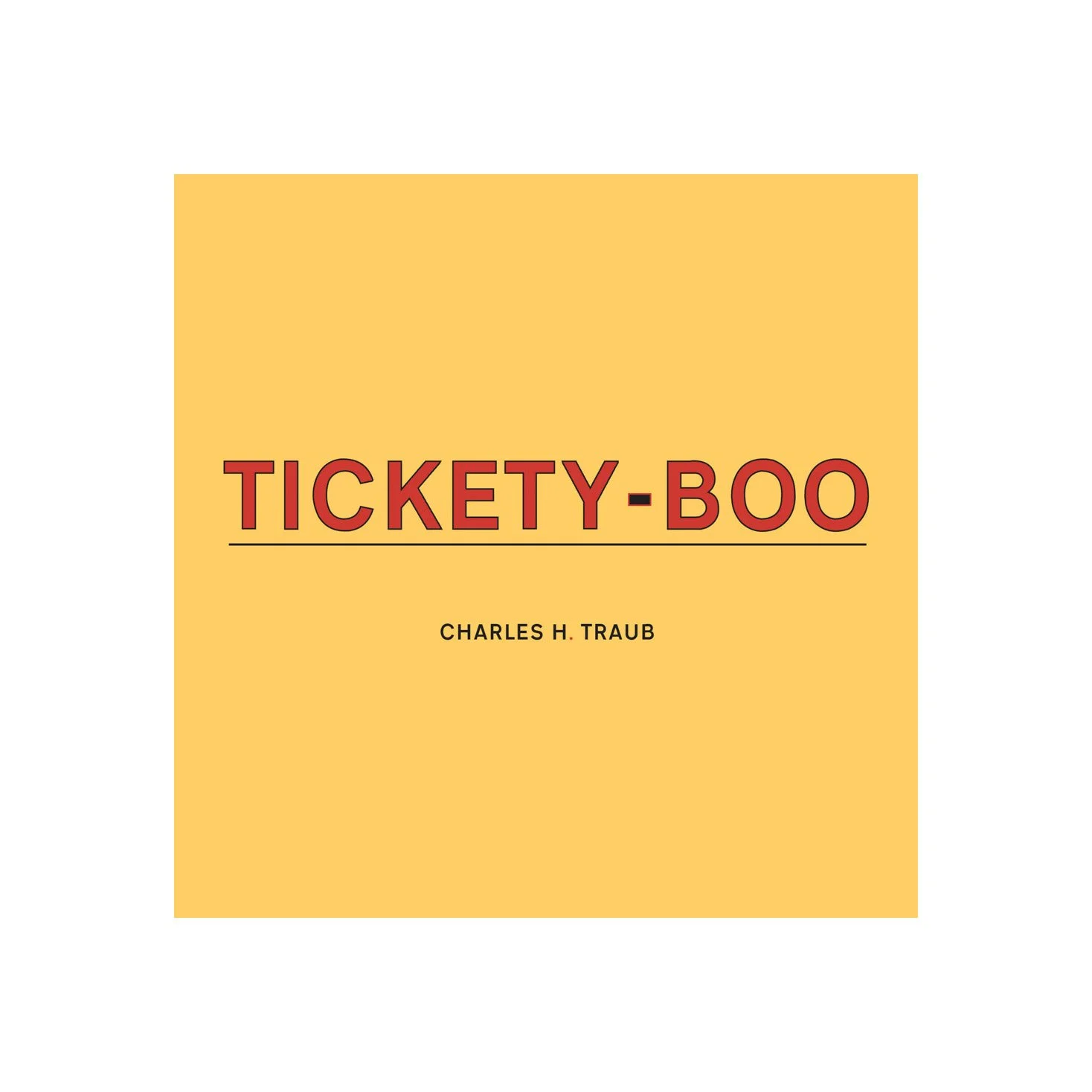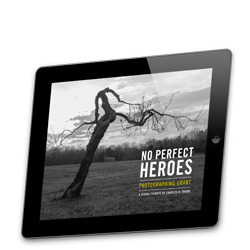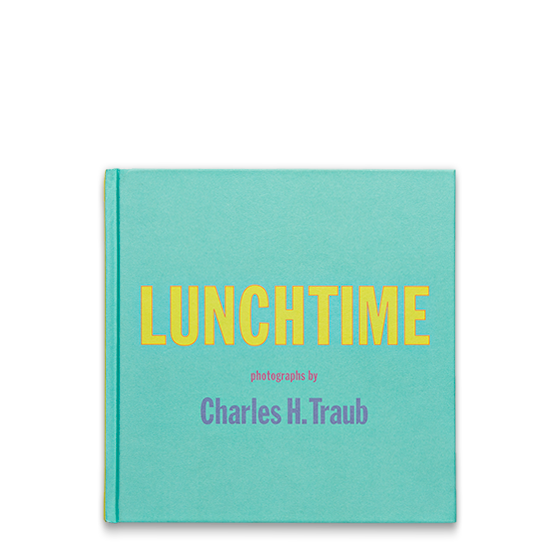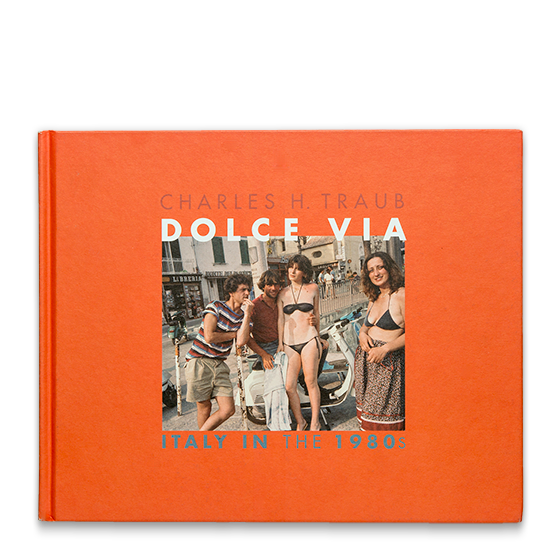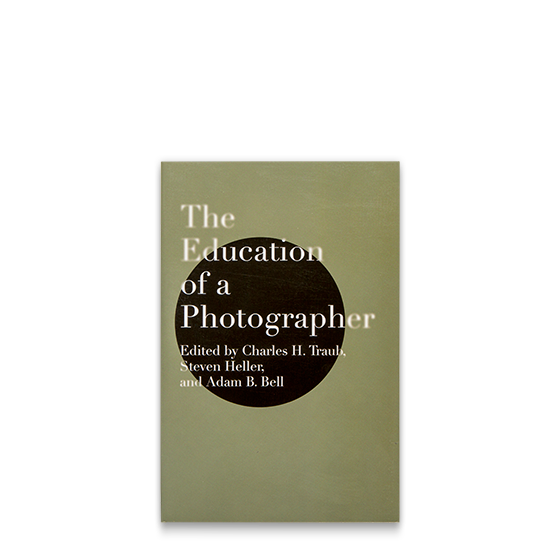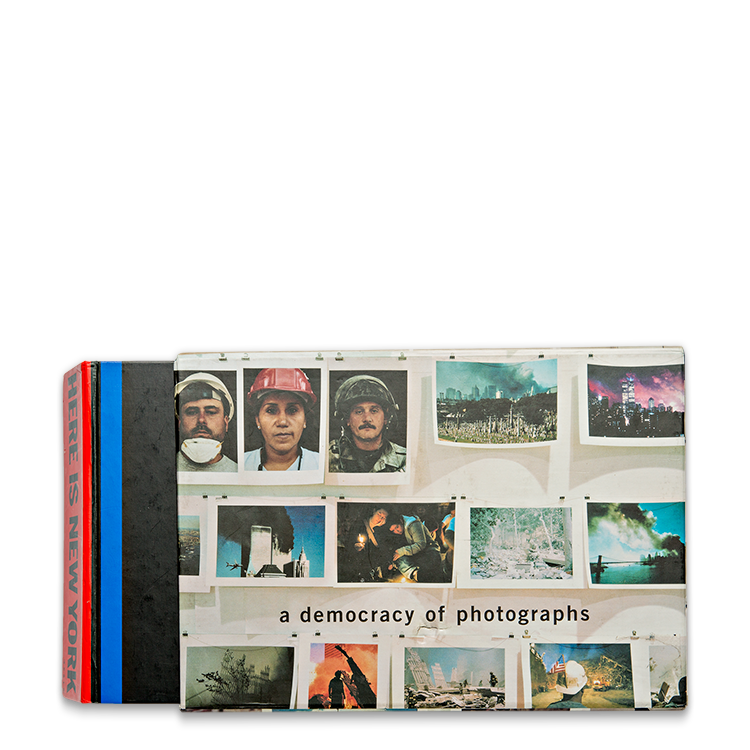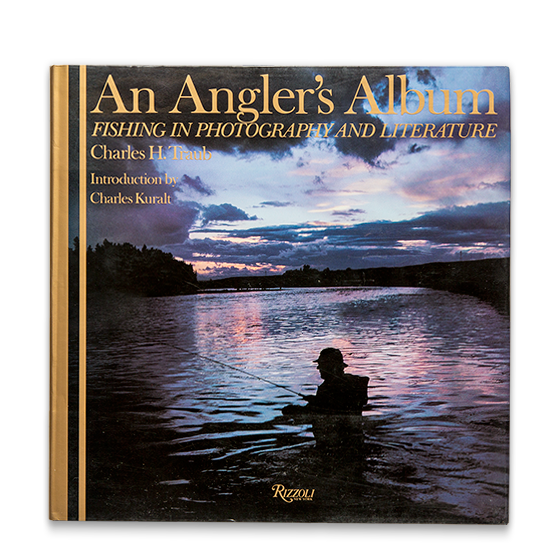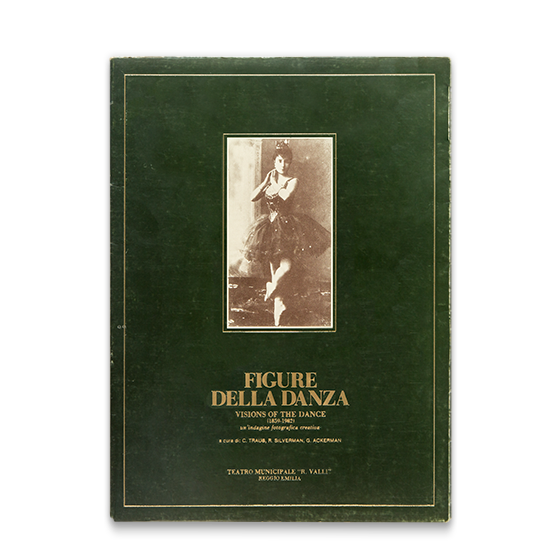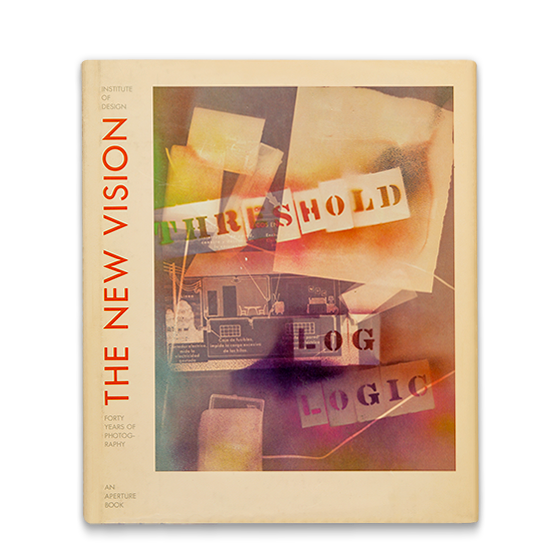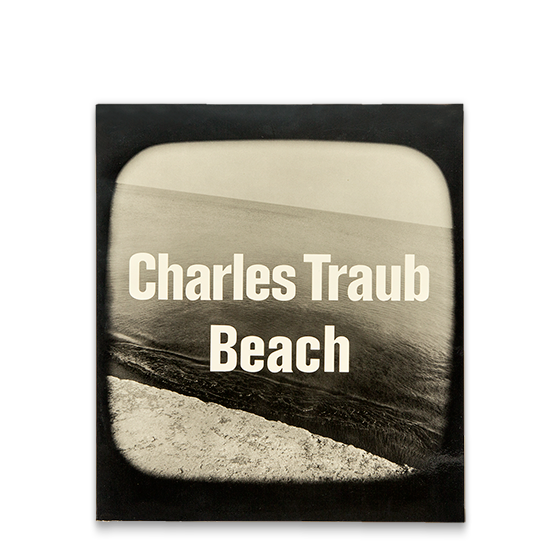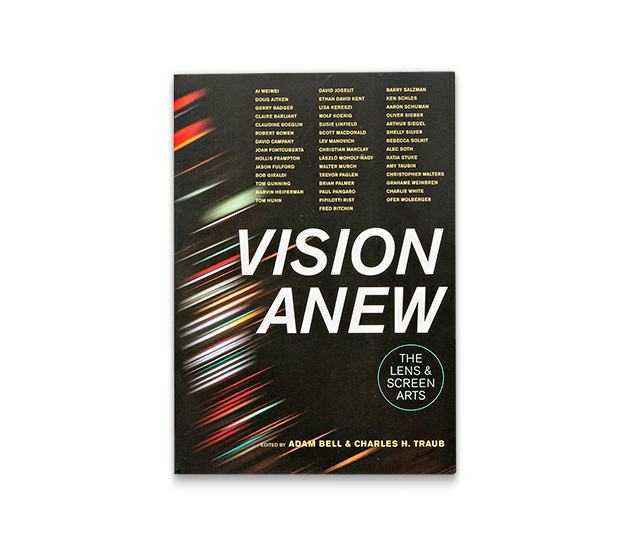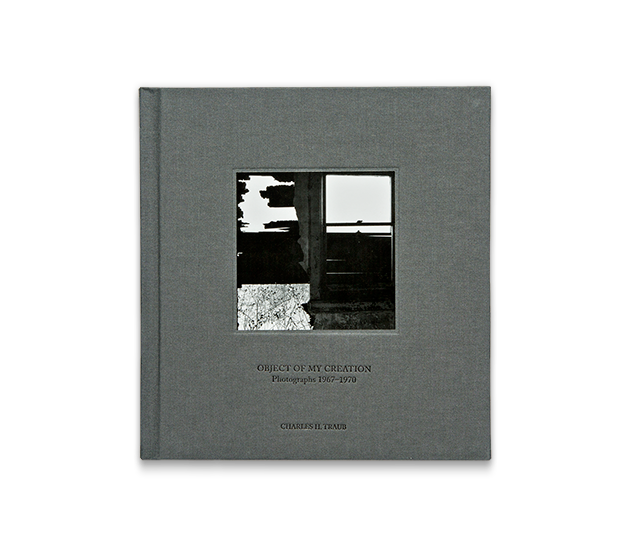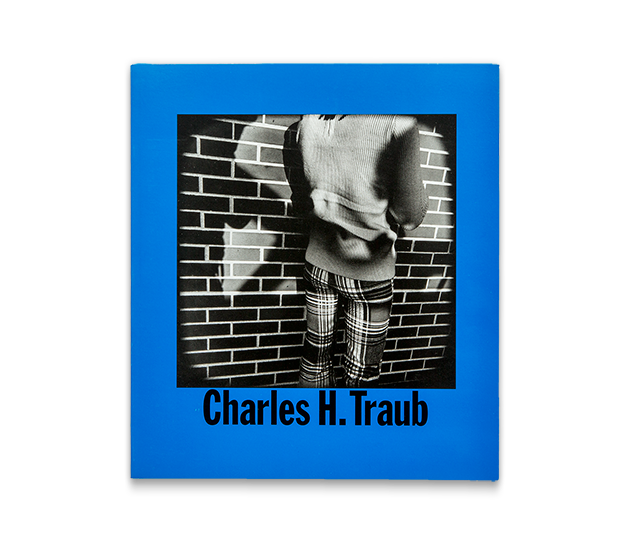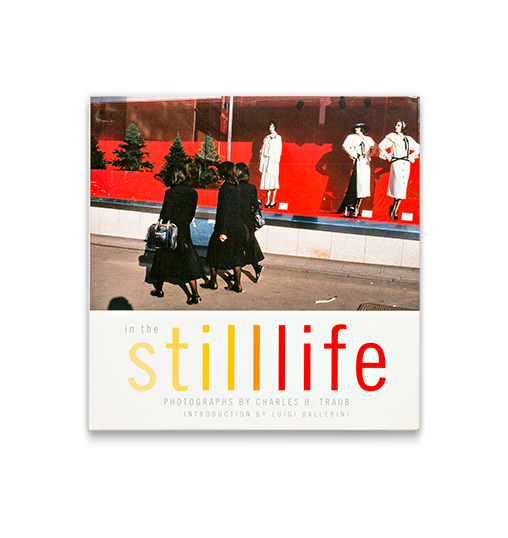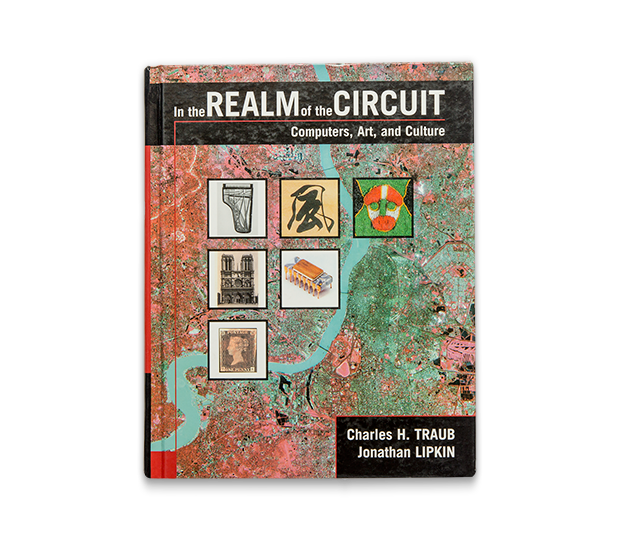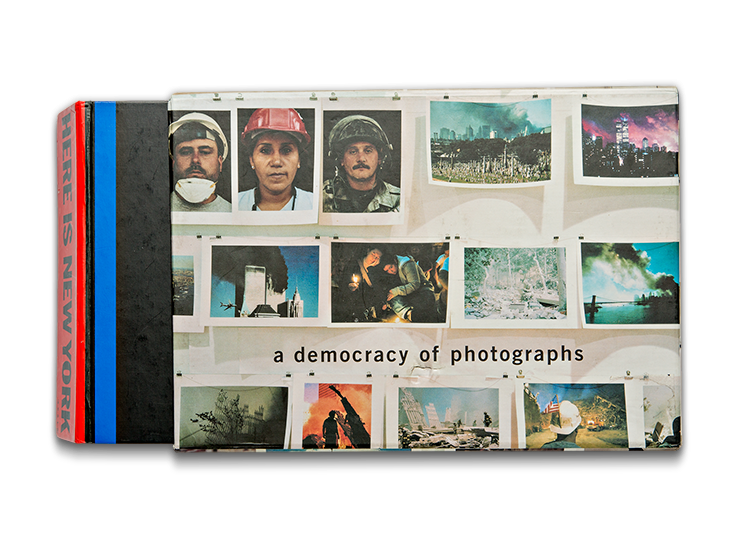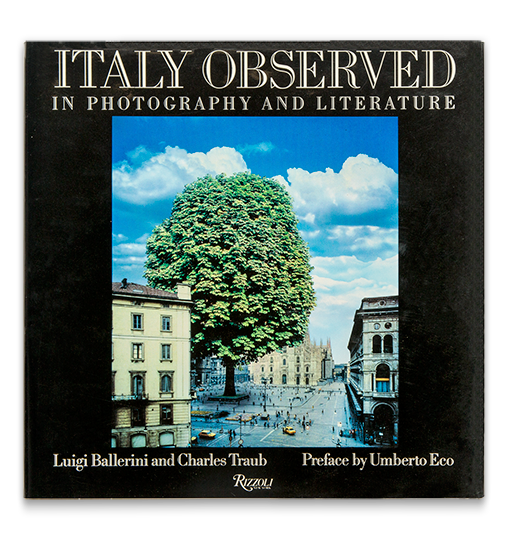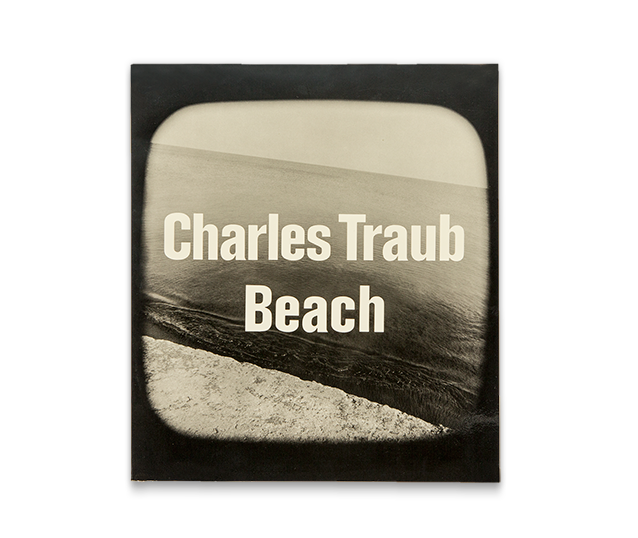
Object of My Creation40.00$
This luminous black-and-white collection from the photographer’s earliest works in Kentucky and Illinois. Text by the photographer. Gitterman Gallery, 2011.
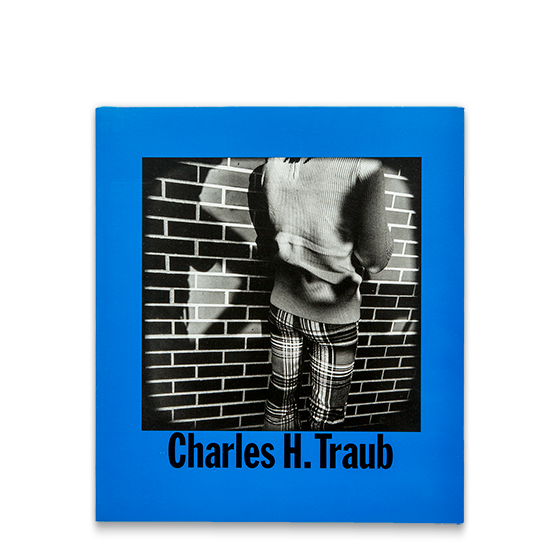
Charles H. Traub (monograph)40.00$
In the mid-1970s the clunky Rolleiflex SL66 enabled Traub to make compelling pictures out of what some may have thought as banal, and not inherently visual, into monumental forms of an out-of-whack world. Introduction by Marvin Heiferman. Gitterman Gallery, 2006.
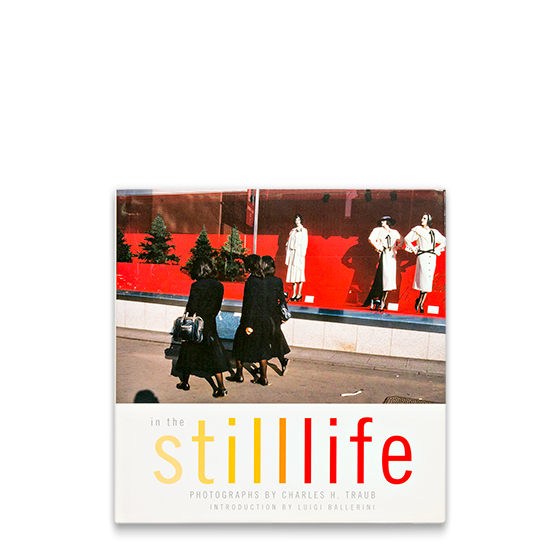
In the Still Life, Monograph 30.00$
This monograph is a photographic narrative on the human condition in the late-20th century. Pictures taken “on the fly” in the course of 20 years of encounters with human comedy compose these witty and anecdotal scenarios. Introduction by Luigi Ballerini. The Quantuck Lane Press, 2004.

In the Realm of the Circuit:
Computers, Art, and Culture
A richly illustrated primer for designers, artists and humanists, this book illustrates the roots of all forms of creative expression and their evolution through digital technology. It is a seminal collection and cross-indexing of that which makes us human in the electronic age. Co-authored by Jonathan Lipkin. Pearson Prentice Hall, 2003.




